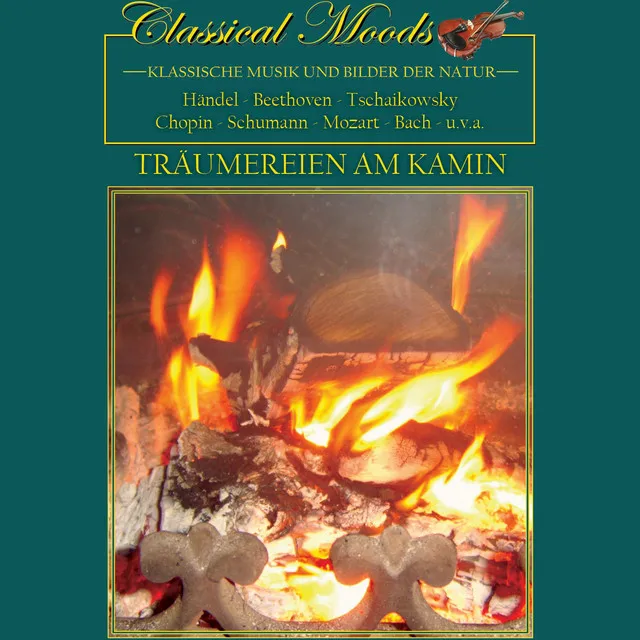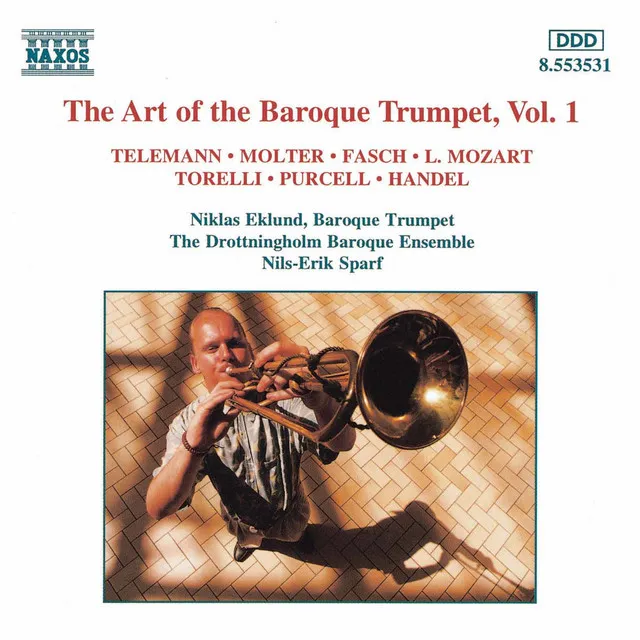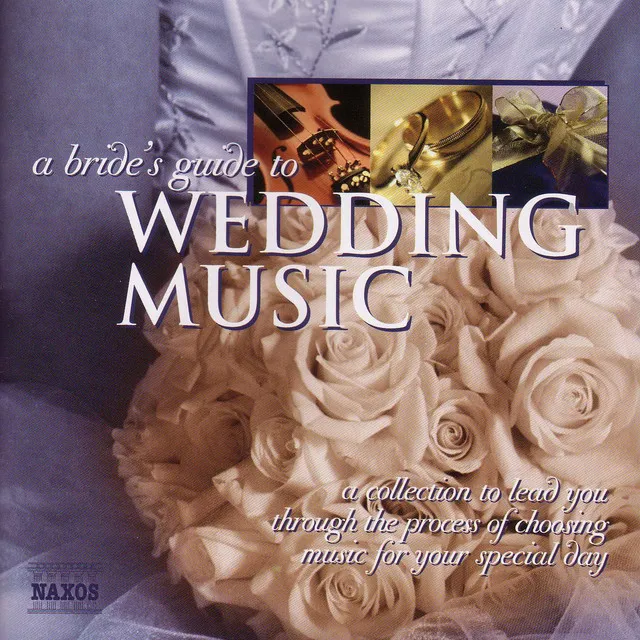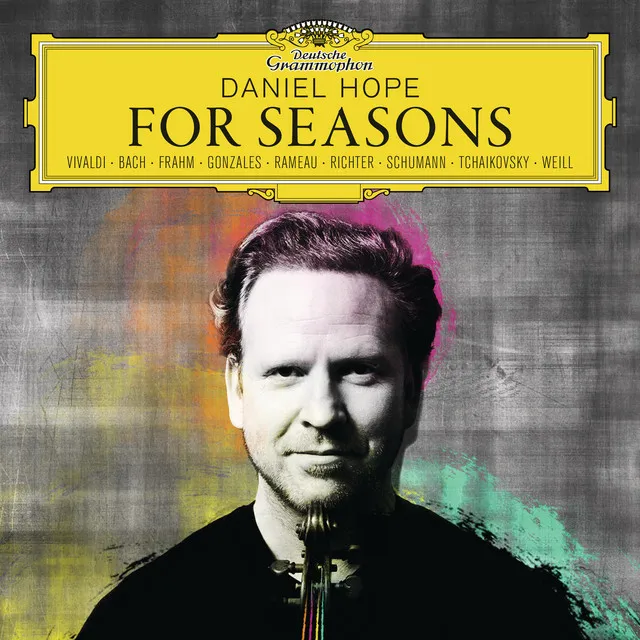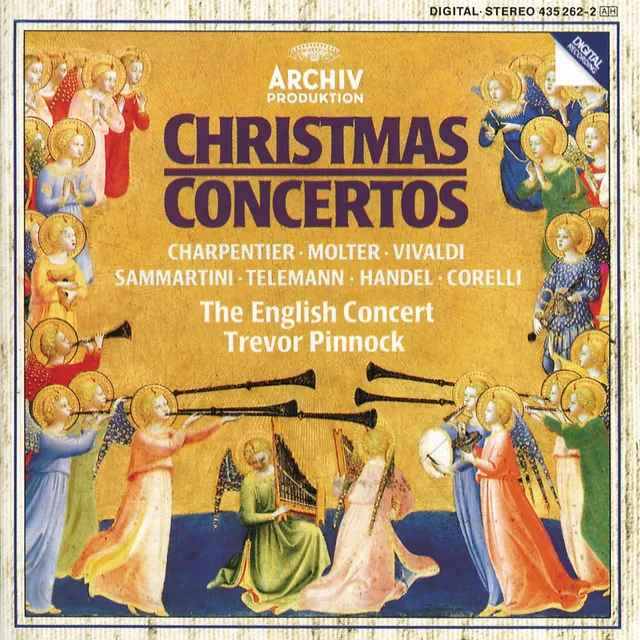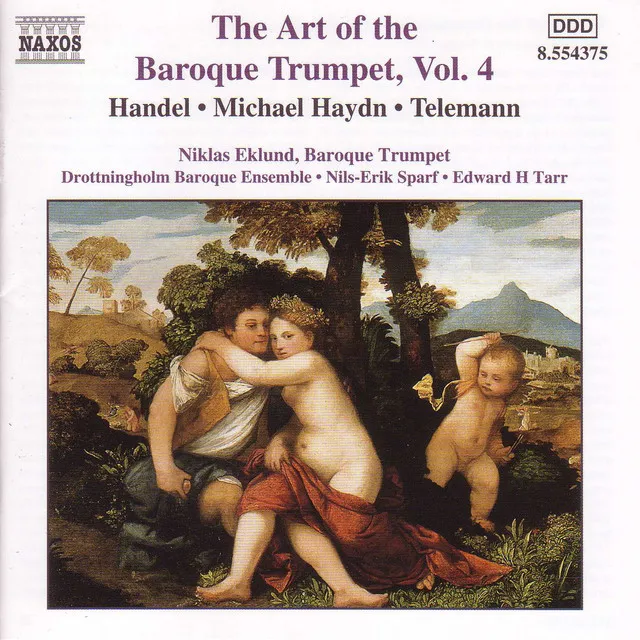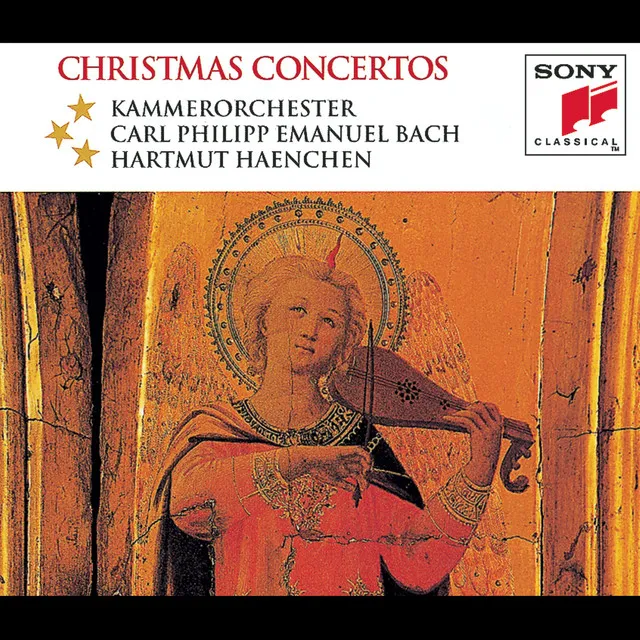Composer Johann Melchior Molter was born in the Thuringian-Saxon region where his father, Valentin Molter, was a teacher and Kantor in the town of Tiefenort. After early training with his father, he enrolled at the Gymnasium in Eisenach, where J.S. Bach had studied. In Eisenach, Molter heard music by Telemann, who founded the court orchestra there only a few years earlier. In 1717, he found employment in Karlsruhe as a violinist at the court of Margrave Carl Wilhelm of Baden-Durlach. The following year, he married Maria Salome Rollwagen, with whom he had eight children. In 1719, Molter was allowed to travel to Italy to absorb the compositional styles that had spread throughout Europe, spending three years in Venice and Rome. After his return to Karlsruhe, he was appointed court concertmaster. In addition to directing the sacred music at the chapel, Molter directed the operatic productions in the margrave's theater. Molter's compositions range from chamber music to orchestral works and oratorios. It is likely that he composed operas during this period, but no operatic or other vocal compositions by Molter survive. In 1733, when the war of the Polish Succession began, the margrave dissolved his court and fled to Basle in exile, leaving Molter without employment. In 1734 Molter accepted the post of concertmaster at the court of Duke Wilhelm Heinrich of Saxe-Eisenach. Three years later, after the death of his wife, Molter returned to Italy, where he explored the work of a new generation of composers such as Pergolesi, Leo, and Sammartini. When he returned to Eisenach, he married Maria Christina Wagner. In 1741, Duke of Saxe-Weimar dissolved the Eisenach court orchestra after the death of Duke Wilhelm Heinrich. Molter then returned to Karlsruhe, where he composed and taught at the Gymnasium. In 1747, the new margrave of Baden-Durlach, Carl Friedrich, asked Molter to reorganize his court's musical establishment. Molter entered an extraordinarily prolific period in his career, composing a large body of instrumental music in the new galant style. Molter continued in this post for another 18 years until his death. Like his contemporaries Hasse, Quantz, and Graun, Molter contributed much to the development of instrumental music in eighteenth century Germany. His extant works include 172 symphonies, 73 concerti, 22 concertini (for three instruments), 12 concerti for orchestra, 14 overtures, 66 sonatas, 28 flute duets, 14 solo cantatas, and six violin sonatas. These works reveal influences from the French and Italian composers he heard on his travels, as well as Telemann, Bach, and the composers of the Mannheim School. He was particularly fond of experimenting with new sound colors. He wrote for the flauto d'amore, the flauto cornetto, and the harp, and he was among the first composers to use the recently invented clarinet and chalumeau. His clarinet concertos are some of his only works to have been performed and recorded in modern times.
